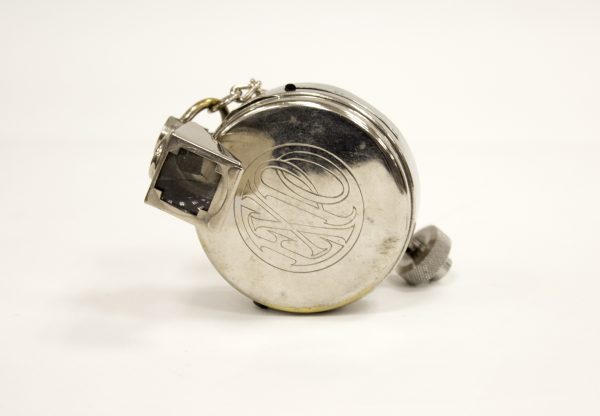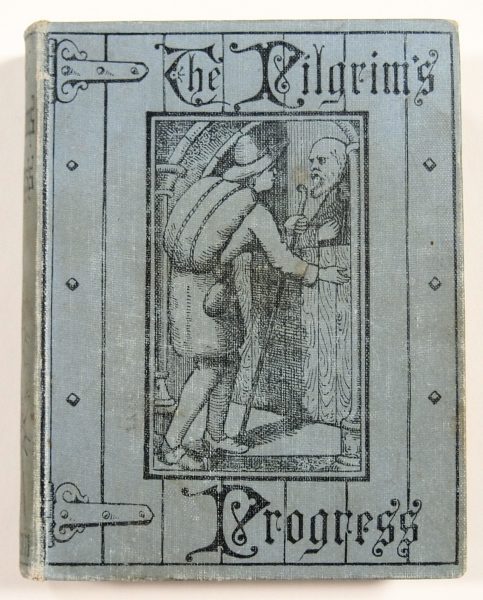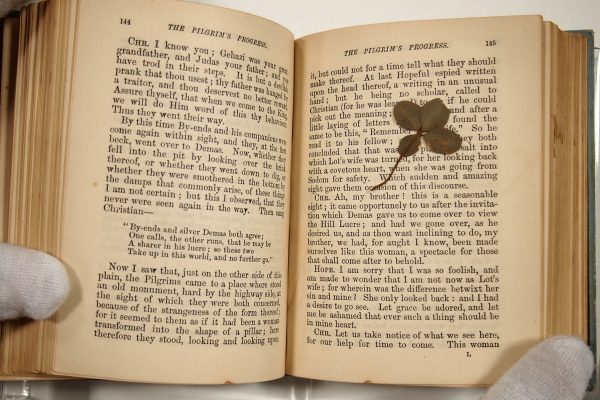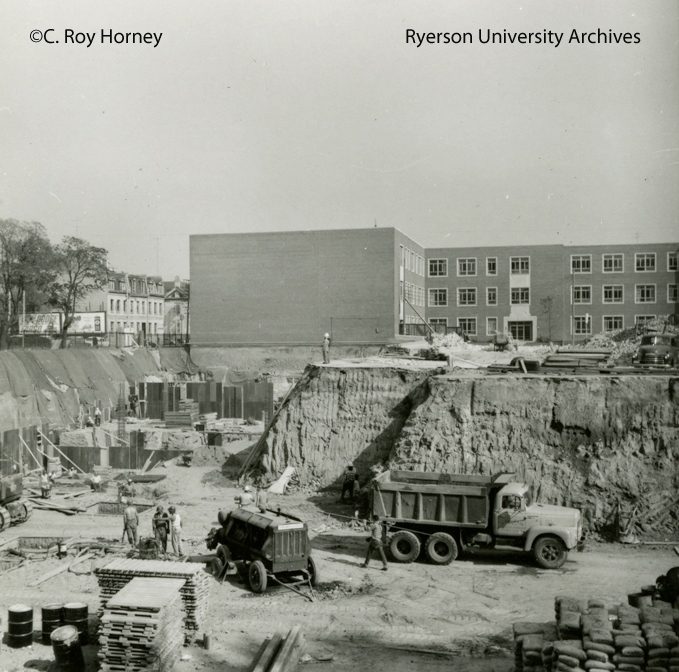The staff in Archives and Special Collections bring you some of our favourite things. Objects and photographs from the collections that hold a special place in our hearts. Each week will highlight a different item, along with an explanation of why it stands out.
With such an amazing collection of materials – sometimes it is hard to pick just one…
This week’s post is Curatorial Specialist Olivia Wong’s choice:

Some of my favourite objects in the collection are specialized film and photography equipment. The Expo Watch Camera is part of our selection of detective or disguise cameras. As the name suggests, this novelty camera is the shape and size of a pocket watch. It uses a miniature daylight film cartridge that can hold up to twenty-five 16 x 22 mm exposures. The camera has a detachable external viewfinder, and the exposures are captured through the watch’s winding stem (the knob serves as a lens cap!)
This nifty gadget was manufactured by the Expo Camera Company in New York City between the early 1900s until 1939. An advertisement for the camera in a 1917 Photoplay Magazine stated: “Photography made a pleasure instead of a burden. You can carry the EXPO about in your pocket, and take a picture without any one being the wiser.” To see the full ad, click here
To learn more about the Expo Watch Camera, click here
To see what else is in the Heritage Camera Collection, click here



